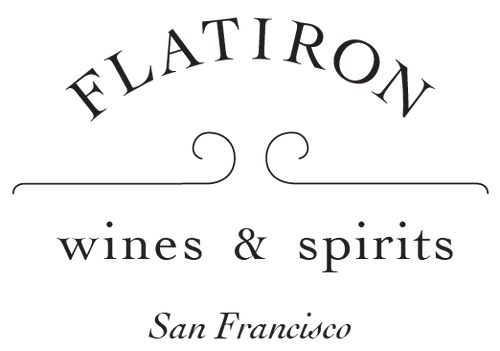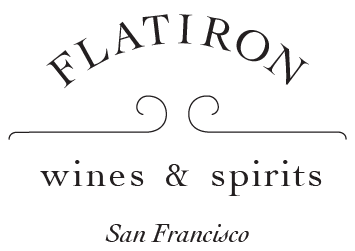Montepeloso
Super Tuscans have earned their place among Italy’s greatest wines, but critics often label them “international” — a backhanded compliment suggesting they lack true Tuscan soul. After all, these wines rely on French varieties like... Read More
Super Tuscans have earned their place among Italy’s greatest wines, but critics often label them “international” — a backhanded compliment suggesting they lack true Tuscan soul. After all, these wines rely on French varieties like Cabernet Sauvignon and Merlot, grown in a warm climate, much like what you’d find in California or Chile.
That’s fair to an extent. But as always with wine, the truth is more nuanced, and not all Super Tuscans chase international appeal. Enter Montepeloso, proving that “Super” doesn’t have to mean “international.”
Super Tuscans were born in Maremma, away from Chianti’s rigid rules and along the Tuscan coast, which proved ideal for Bordeaux varieties. The movement began in Bolgheri, where gravel soils mirror Bordeaux’s Médoc, and in the 1940s, Mario Incisa della Rocchetta planted Cabernet Sauvignon at Tenuta San Guido for personal use. It wasn’t until the 1970s that friends convinced him to release his wines commercially, creating one of Italy’s most famous wines.
Founded in the 1990s, Montepeloso set out to craft a more Tuscan expression of the Super Tuscan ideal. They chose Suvereto, south of Bolgheri, where cool Mediterranean breezes keep vineyards fresh. The terroir here isn’t gravel but clay, limestone, schist, silex, and iron, creating wines with a wilder, earthier personality.
The land is unmistakably Tuscan, perfumed with scrubby wild herbs known as “Macchia”—rosemary, juniper, thyme, and myrtle. Locals say Macchia is Tuscany’s real terroir, flavoring everything from wild boar to Montepeloso’s wines.
Montepeloso follows this same philosophy in the vineyard. Yes, Cabernet, Merlot, and Syrah grow here, but they take a backseat to Sangiovese, Tuscany’s noble grape (along with Alicante and Malvasia Nera). Barriques are used, but never new barrels — a deliberate decision to avoid the classic Cabernet + new oak formula seemingly designed to impress international yacht owners.


